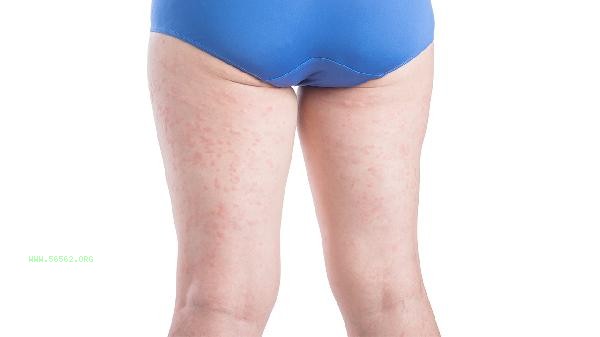Reducing the protruding fat on the outer thighs requires a combination of whole body weight loss and local shaping. The main methods include adjusting dietary structure, strengthening aerobic exercise, targeted strength training, improving lifestyle habits, and maintaining long-term adherence.

1. Adjusting dietary structure
Controlling daily total intake is the foundation of weight loss. It is recommended to reduce refined carbohydrates and high-fat foods, and increase the intake of high-quality protein and dietary fiber. Choose low glycemic index staple foods such as brown rice and oats, pair them with low-fat and high protein foods such as chicken breast and fish, and eat more dark vegetables such as broccoli and spinach. Avoid fried foods and sugary drinks, and maintain moderate intake of nuts and healthy fats daily.
2. Strengthen Aerobic Exercise
Engage in 4-5 moderate intensity aerobic exercises per week, such as jogging, swimming, or cycling, for at least 30 minutes each time. Aerobic exercise can effectively burn body fat, including fat accumulated on the outer thighs. You can try interval training mode to improve fat burning efficiency by alternating high and low intensities, but it is necessary to gradually avoid sports injuries.
3. Targeted strength training
focuses on exercising the gluteal and leg muscles, which can improve the outer thigh line. It is recommended to perform movements such as side lying, leg lifting, and clamshell opening and closing to strengthen the gluteal muscles. Squats and lunges can shape the leg curves as a whole, and using elastic bands to increase resistance can improve training effectiveness. Perform 2-3 strength training sessions per week, paying attention to proper movement to avoid compensation.

4. Improve lifestyle habits
Avoid sitting for long periods of time and promote blood circulation by getting up and moving for 5 minutes every hour. Adjust walking and standing posture to avoid muscle imbalance caused by the center of gravity leaning towards one side. Ensure 7-8 hours of high-quality sleep, as insufficient sleep can affect fat metabolism. Reduce the time spent wearing tight pants to prevent lymphatic circulation obstruction and edema.
5. Maintain long-term persistence
The outer thigh fat is usually stubborn and requires 3-6 months of continuous effort to see significant results. Recording changes in circumference is more accurate than weighing, and measuring thigh circumference once a month. During the plateau period, the exercise plan can be adjusted by adding new training exercises or changing the aerobic exercise method. Maintain a positive attitude and avoid unhealthy weight loss methods such as extreme dieting.

Reducing fat on the outer thigh requires comprehensive measures, and simple local weight loss is difficult to achieve ideal results. Suggest developing personalized plans that combine dietary management with exercise programs, while also focusing on overall health indicators. During the process, seek guidance from professional fitness coaches or nutritionists to avoid falling into the trap of weight loss. Pay attention to supplementing enough protein to prevent muscle loss, warm up and stretch before and after exercise to prevent sports injuries. Maintaining a regular schedule and sufficient water intake can help improve metabolic efficiency and make the weight loss effect more long-lasting and stable.






Comments (0)
Leave a Comment
No comments yet
Be the first to share your thoughts!